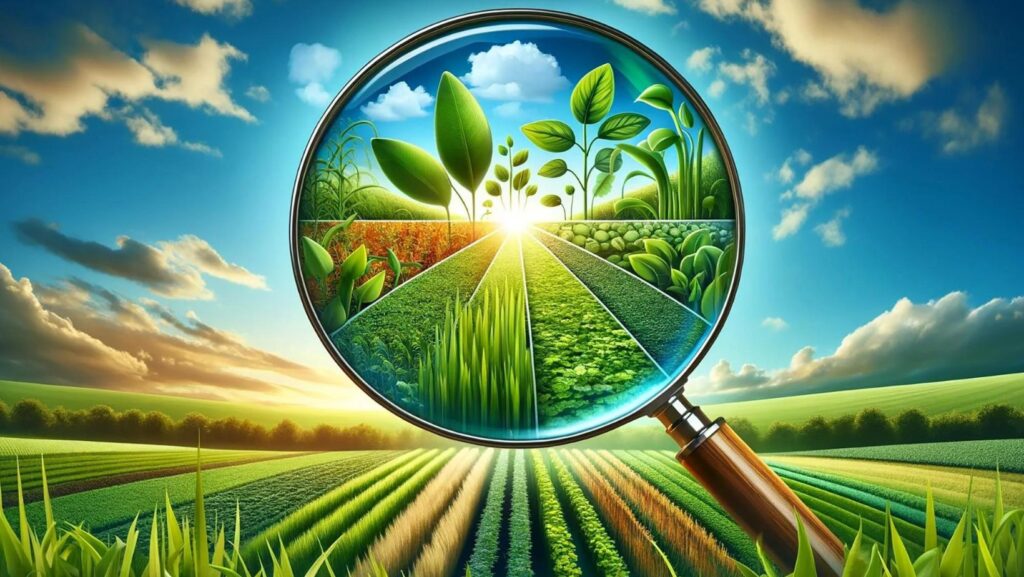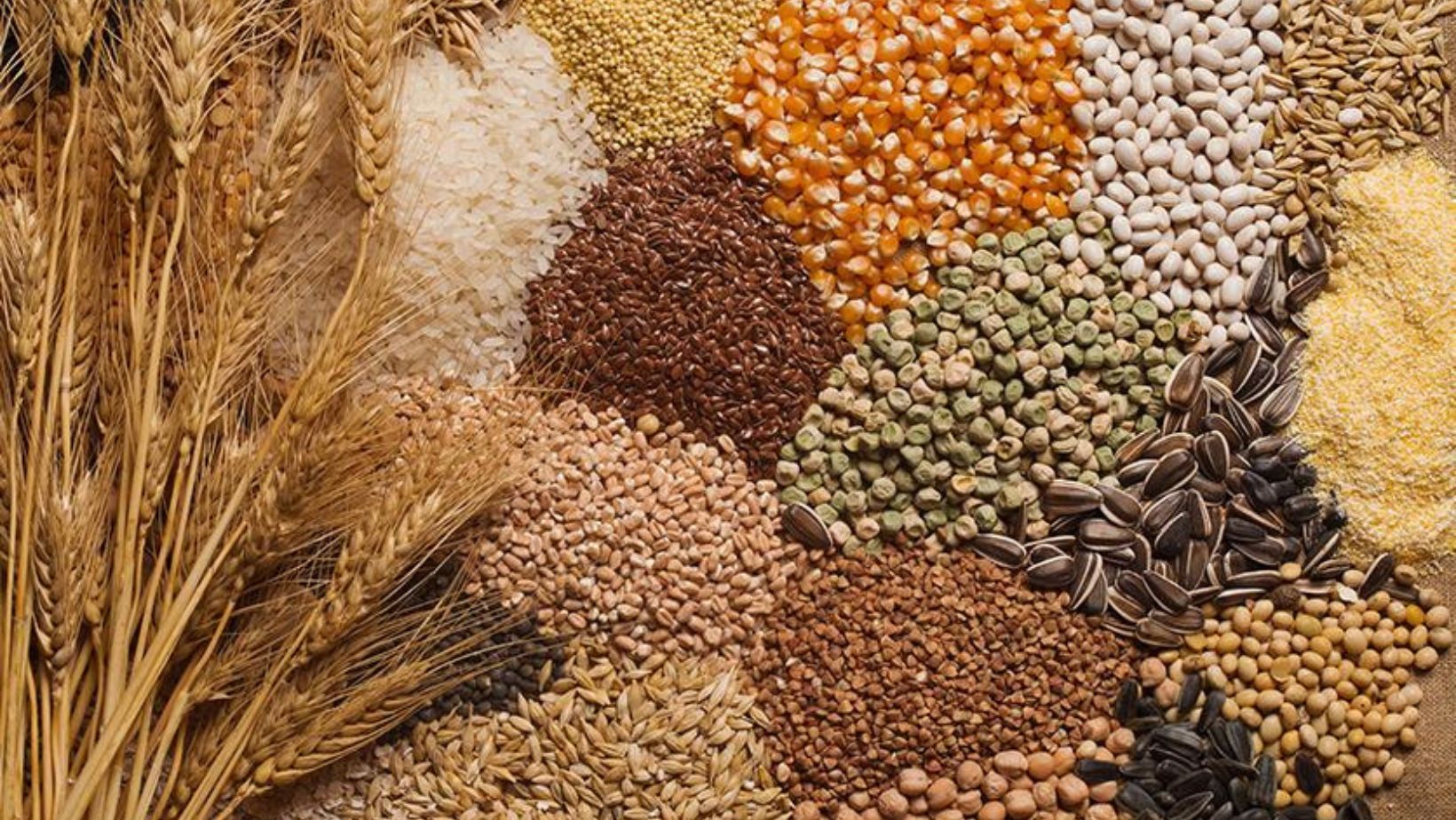
In the world of agriculture and horticulture, the phrase “good things start from the ground up” is often tossed around, and rightly so. But before even hitting the soil, the true foundation of any plant’s success begins even deeper—at the genetic level, with the quality of the seed and the diversity of the strains used.
This fundamental truth is not just about ensuring a good yield but also about understanding how deeply intertwined the genetic makeup of a seed is with the overall health, resilience, and quality of the plant. Let’s dig into why genetics plays such a pivotal role in agriculture and why we must pay more attention to seed quality and strain diversity.
The Role of Genetics in Plant Health and Yield
Plant genetics are a lot like a set of blueprints—they determine everything from how tall a plant will grow to how it will respond to stressors like drought or disease. High-quality seeds with robust genetic backgrounds are the cornerstone of successful farming and gardening, delivering healthy plants that can withstand the environmental challenges they face.
When farmers and gardeners choose seeds, they’re not just picking a plant type but a genetic package designed to perform under specific conditions. For instance, seeds bred for enhanced drought resistance can be crucial in arid regions, ensuring the farmer’s toil and their soils don’t turn to dust. Similarly, genetically resistant seed varieties can mean the difference between a bountiful harvest and a catastrophic loss in areas prone to particular pests or diseases. That’s why it’s important to choose reputable sources, such as survivalgardenseeds.com, for your seeds to ensure quality and performance.
Moreover, a seed’s genetics can significantly impact yield. Through careful selection and breeding, agronomists and botanists develop seed strains that produce more and deliver better-quality products. This could mean denser, more nutritious crops, larger fruits, or more aromatic flowers, all thanks to the power of genetics.
The Importance of Strain Diversity in Agriculture
Now, let’s talk about diversity in the workplace or community and other fields. Strain diversity is critical because putting all your eggs in one basket—or, in this case, all your seeds in one genetic basket—can lead to disaster. Diverse genetic strains among crops reduce the risk of a total wipeout caused by a single disease or pest.

Think about the Irish Potato Famine; a lack of genetic diversity in potato crops led to a devastating blight that wiped out the primary food source for millions. Today, maintaining a diverse genetic pool ensures that agricultural systems are resilient and capable of adapting to changing conditions and threats. It’s like having a diversified portfolio in investing; some strains will perform exceptionally well under certain conditions while others might falter, ensuring that there’s always a fallback option.
Moreover, strain diversity allows for greater adaptability to highly variable local growing conditions. What works in one region might not in another, and having a wide range of genetic traits allows breeders and farmers to tailor their crop selections to their specific environmental realities.
The Future of Farming: Innovations in Seed Genetics
Looking ahead, the future of farming hinges on continuous innovation in seed genetics. With advancements in genetic engineering and biotechnology, scientists can now enhance specific traits within seeds more directly and efficiently, catering to the needs of modern agriculture.

For instance, gene editing tools like CRISPR can be used to develop crops that require fewer pesticides, produce less waste, or have a higher nutritional value. These innovations boost agricultural output and support sustainable farming practices by reducing the need for chemical inputs and enhancing the efficiency of water and nutrient use.
However, with great power comes great responsibility. Genetic manipulation must be handled carefully to avoid unintended consequences, such as creating superweeds or losing native plant species. It’s a delicate balancing act between producing gains and preserving natural biodiversity.
In conclusion, the saying “it all starts with a seed” holds more truth than one might assume, which is why it’s so important to find trusted seed banks when you begin your growing journey. The genetic makeup of seeds determines the potential for the future of agriculture. Ensuring high-quality genetics and maintaining strain diversity are not just tasks for botanists and farmers but essential for global food security and environmental sustainability. As we look towards the future, embracing and investing in genetic innovations will be key to growing plants and a healthier world. So next time you plant a seed, think of it as sowing a plant and planting hope for the future.










